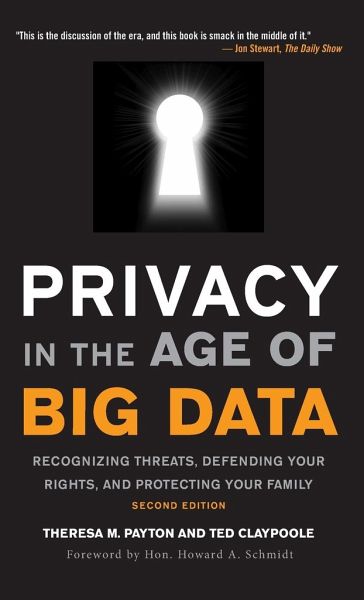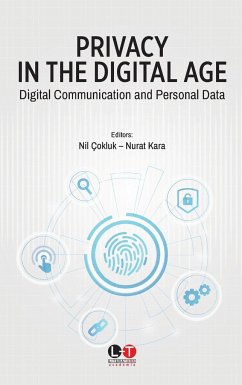
Privacy in the Age of Big Data
Recognizing Threats, Defending Your Rights, and Protecting Your Family
Versandkostenfrei!
Versandfertig in 1-2 Wochen
35,99 €
inkl. MwSt.
Weitere Ausgaben:

PAYBACK Punkte
18 °P sammeln!
Thoroughly updates the first edition by addressing the significant advances in data-driven technologies, their intrusion deeper in our lives, the limits on data collection newly required by governments in North America and Europe, and the new security challenges of a world rife with ransomware and hacking.














